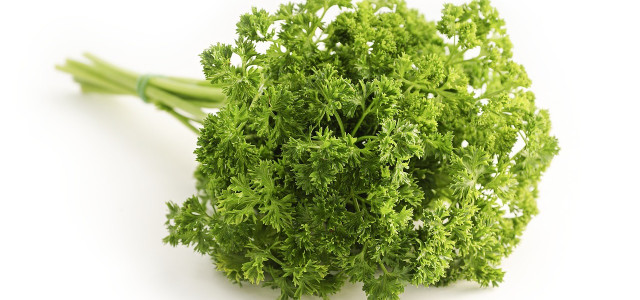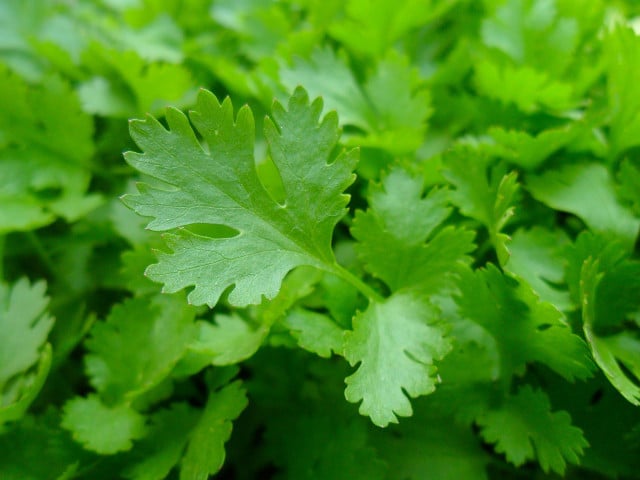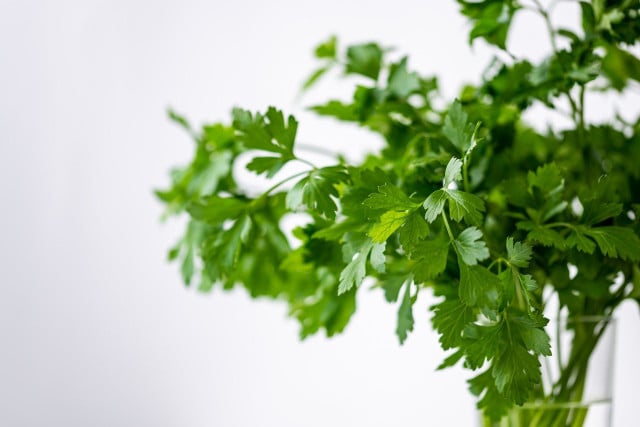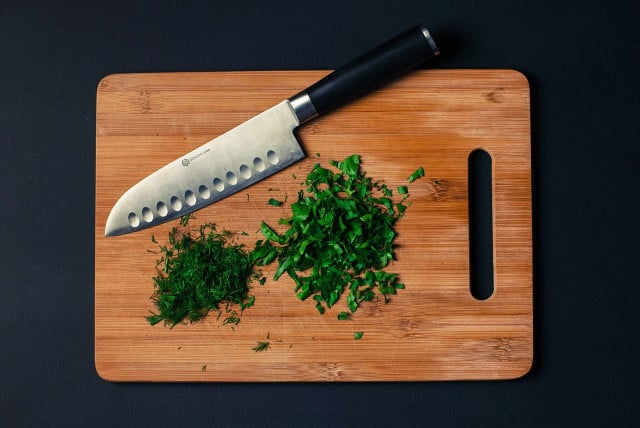
Parsley is a healthy and aromatic culinary herb. You can find out more about the ingredients and health benefits of this popular herb in this article.
Whether as a topping for a fresh salad, as an ingredient in herb curd or as a base for pesto – parsley is not only healthy, but also gives many dishes a fresh, spicy touch. The herb owes its intense flavor to the essential oil apiol it contains. What makes parsley healthy are above all the micronutrients it contains.
Which micronutrients make parsley so healthy?

Parsley is especially healthy because it is rich in vitamins K and C. The fresh herb contains approximately:
- 1640 micrograms of vitamin K and
- 133 milligrams of vitamin C.
For comparison: According to the DGE, the daily requirement for adults, depending on age, is 60 to 80 micrograms of vitamin K and 95 to 110 milligrams of vitamin C. Vitamin K is particularly important for our blood clotting and the stability of our bones. Vitamin C, on the other hand, strengthens our immune system, fights free radicals and enables the body to absorb iron.
With six milligrams per 100 grams, the leaves of parsley are also particularly rich in iron – a trace element that is essential for oxygen transport.
You can also find dried parsley in stores. Freeze-drying preserves the essential nutrients. 100 grams of dried parsley contains even more nutrients than fresh parsley. However, you will of course use the dried herb in much smaller quantities.
Healthy Parsley: Calories & Macronutrients

Per 100 grams, parsley contains about 36 kilocalories and the following macronutrients (all data based on USDA data):
- 6.33 g carbohydrates
- 3.3 g fiber
- 2.97 g protein
- 0.79 g fat
With all this information, you should not forget that we usually only eat parsley in very small quantities. So while parsley is healthy, it usually only makes a small contribution to our daily nutrient intake. However, if you eat the herb regularly and generally pay attention to a healthy diet, you can benefit from its health advantages.
Tips on buying and preparing the healthy herb

Recipes that will help you consume larger quantities of healthy parsley and prepare it in a slightly different way can be found here:
- Parsley pesto
- Parsley salad
- parsley soup
And there are many other dishes with parsley.
When buying parsley, you should go for organic produce if possible. This way you avoid chemical-synthetic pesticides, which can harm not only the environment but also your health. From January to October you can easily get parsley from local growers. Alternatively, you can also grow and harvest it yourself. You can find tips and tricks in this article: Planting and caring for parsley: How to grow it in a pot or in the garden.
Storing and preserving parsley
To store parsley and keep it fresh for as long as possible, you can use the following methods:
In a glass with water
- Cut off the ends of the stems and place the parsley in a glass with some water, similar to a bouquet of flowers.
- Place the jar in the refrigerator. This will keep the parsley fresh for up to a week.
Damp cloth
- Wash the parsley and shake off excess water.
- Wrap the parsley in a slightly damp tea towel.
- Place the wrapped bundle in an airtight container and place it in the refrigerator.
- This method also keeps the parsley fresh for up to a week.
At room temperature
- If you want to store parsley for a short period of time (one or two days), you can place it in a glass of water and keep it at room temperature.
- Make sure to change the water daily to maintain freshness.
To make the herb last even longer, you can dry parsley or freeze it.
Read more on Techzle\.com:
- Kitchen herbs and their special features: The most important at a glance
- Freezing parsley: How to keep it fresh longer
- Flat-leaf parsley: What distinguishes it from curly parsley
** marked with ** or orange underlined Links to sources are partly affiliate links: If you buy here, you are actively supporting Techzle\.com, because we then receive a small part of the sales proceeds. .